Victory for Manta Rays and Sharks at CITES
New international trade restrictions will protect manta rays and five species of sharks
The ocean just got a lot safer for five species of sharks and two species of manta rays – good news for divers who enjoy diving with these creatures. On March 14 in Bangkok, Thailand, an international organization that regulates the trade of endangered species, the Convention on International Trade in Endangered Species (CITES), placed new restrictions on the capture of five species of sharks, including oceanic white tips, porbeagles, great hammerheads, scalloped hammerheads and smooth hammerhead, as well as oceanic and reef manta rays and three species of freshwater stingrays.
The restrictions require anyone exporting these species to procure a permit showing they were fished legally and sustainably. Without a permit, fisherman can be subject to poaching penalties, and an importing country could be subject to sanctions. Countries with jurisdiction over the waters where the fish is caught or that are the fishing vessel’s home port can issue the permits.
“This will mean much closer monitoring of the shark fin trade and protection for some of the most threatened shark species,” said Elizabeth Wilson, the manager of the Global Shark Conservation Campaign at the Pew Charitable Trusts. “Countries are starting to realize that sharks need to be managed and are taking shark conservation more seriously.”
A study partly funded by Pew found that approximately 100 million sharks are killed each year, an unsustainable number for a predator that requires a long time to reach sexual maturity and only has small litters. It is therefore unlikely that permits will be issued for these species until their population numbers return to sustainable levels. Hammerheads and oceanic white tips had been especially in danger because their fins are so valuable, and their populations have declined more than 90 percent since the 1950s.
The proposals required a two-thirds majority of the 177 nations at CITES to pass. Despite significant opposition by Japan and China (the biggest world importer of shark fins), each proposal succeeded, moving these species to an “Appendix II” listing. The only three sharks currently receiving worldwide protection through CITES are the basking shark, the whale shark and the great white shark.
The oceanic white tip shark faced the most opposition and passed with only 68.6 percent of the vote. Hammerheads and porbeagle sharks, which are fished for their meat, received 70 of the vote, and manta rays received 81 percent.
“The CITES listings for sharks is a much overdue global and formal recognition of what the conservation community has known for so long, namely that shark species cannot withstand the tremendous fishing pressure that has been directed towards them for the shark fin trade,” said Rick MacPherson the conservation programs director at the Coral Reef Alliance. “I think these decisive wins for shark conservation will now serve as catalyst for other protections such as the creation of more shark sanctuaries.”
The economy in the Bahamas has seen over $800 million come in because of shark tourism over the past two decades, according to Pew. The Bahamas are also one of a handful of countries that have set up a shark sanctuary that bans all shark fishing for about 240,000 square miles. Other countries with shark sanctuaries include Palau, the Honduras, the Marshall Islands, Tokelau, the Maldives, the Cook Islands and French Polynesia.
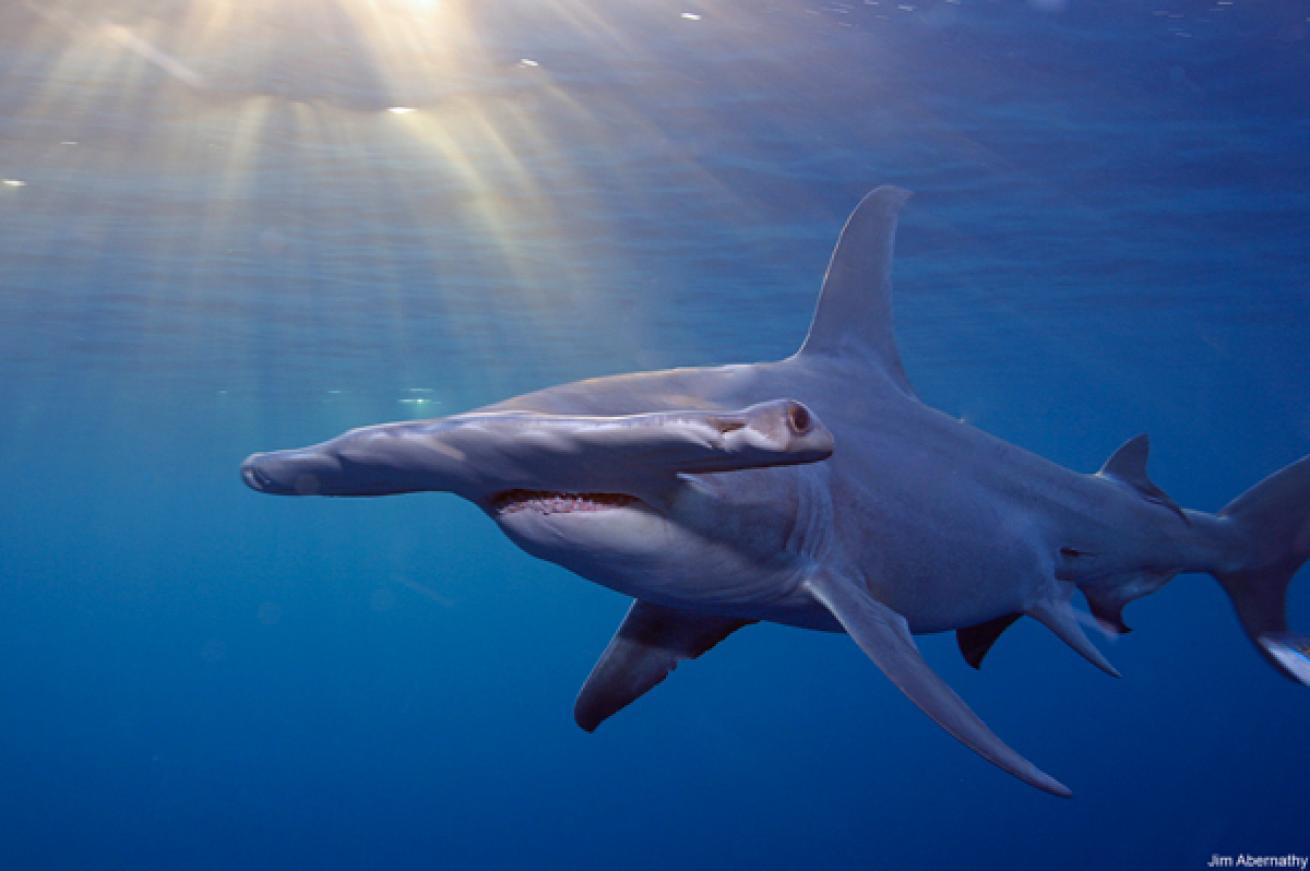
Jim AbernathyScalloped Hammerhead Shark
New international trade restrictions will protect manta rays and five species of sharks
The ocean just got a lot safer for five species of sharks and two species of manta rays – good news for divers who enjoy diving with these creatures. On March 14 in Bangkok, Thailand, an international organization that regulates the trade of endangered species, the Convention on International Trade in Endangered Species (CITES), placed new restrictions on the capture of five species of sharks, including oceanic white tips, porbeagles, great hammerheads, scalloped hammerheads and smooth hammerhead, as well as oceanic and reef manta rays and three species of freshwater stingrays.
The restrictions require anyone exporting these species to procure a permit showing they were fished legally and sustainably. Without a permit, fisherman can be subject to poaching penalties, and an importing country could be subject to sanctions. Countries with jurisdiction over the waters where the fish is caught or that are the fishing vessel’s home port can issue the permits.
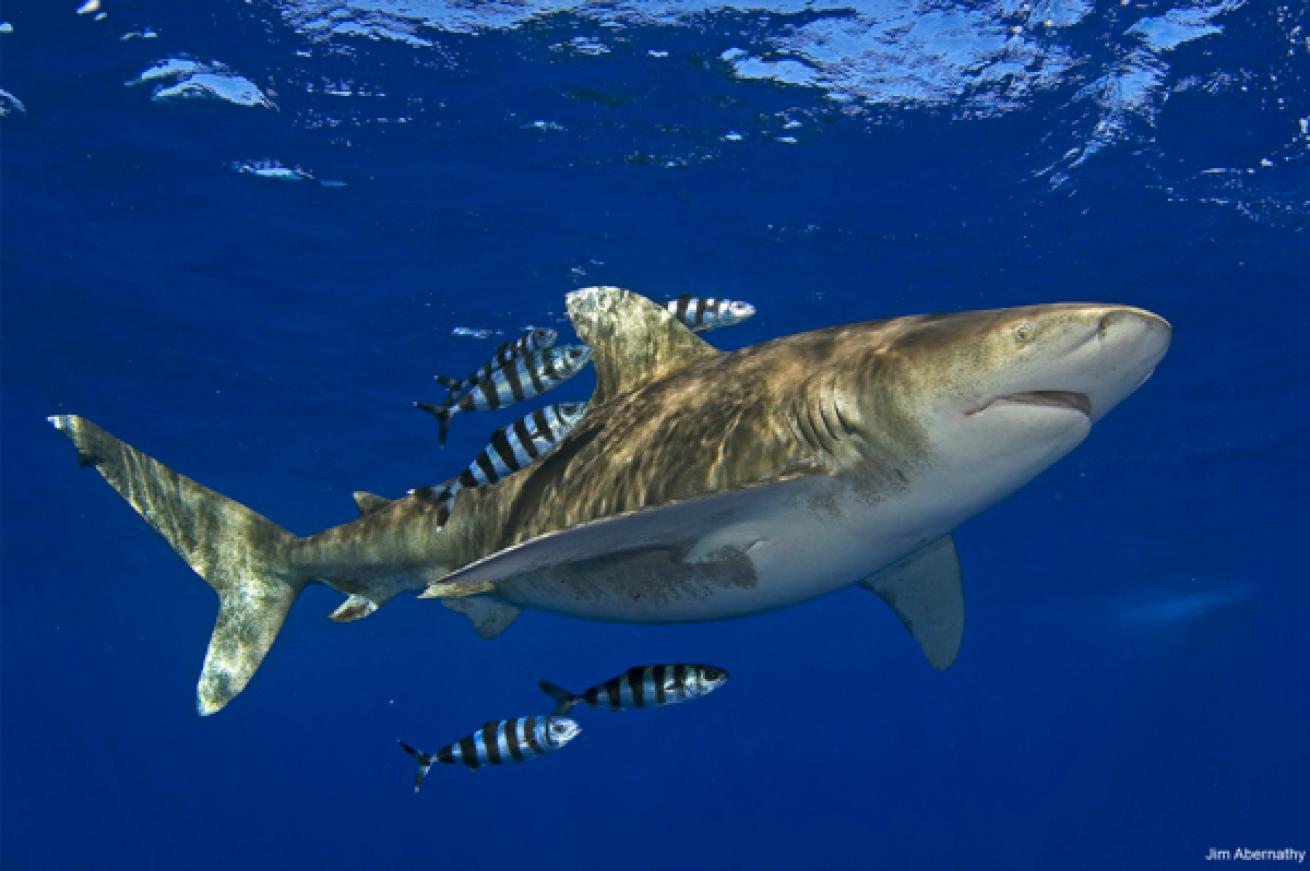
Jim AbernathyOceanic Whitetip Shark
“This will mean much closer monitoring of the shark fin trade and protection for some of the most threatened shark species,” said Elizabeth Wilson, the manager of the Global Shark Conservation Campaign at the Pew Charitable Trusts. “Countries are starting to realize that sharks need to be managed and are taking shark conservation more seriously.”
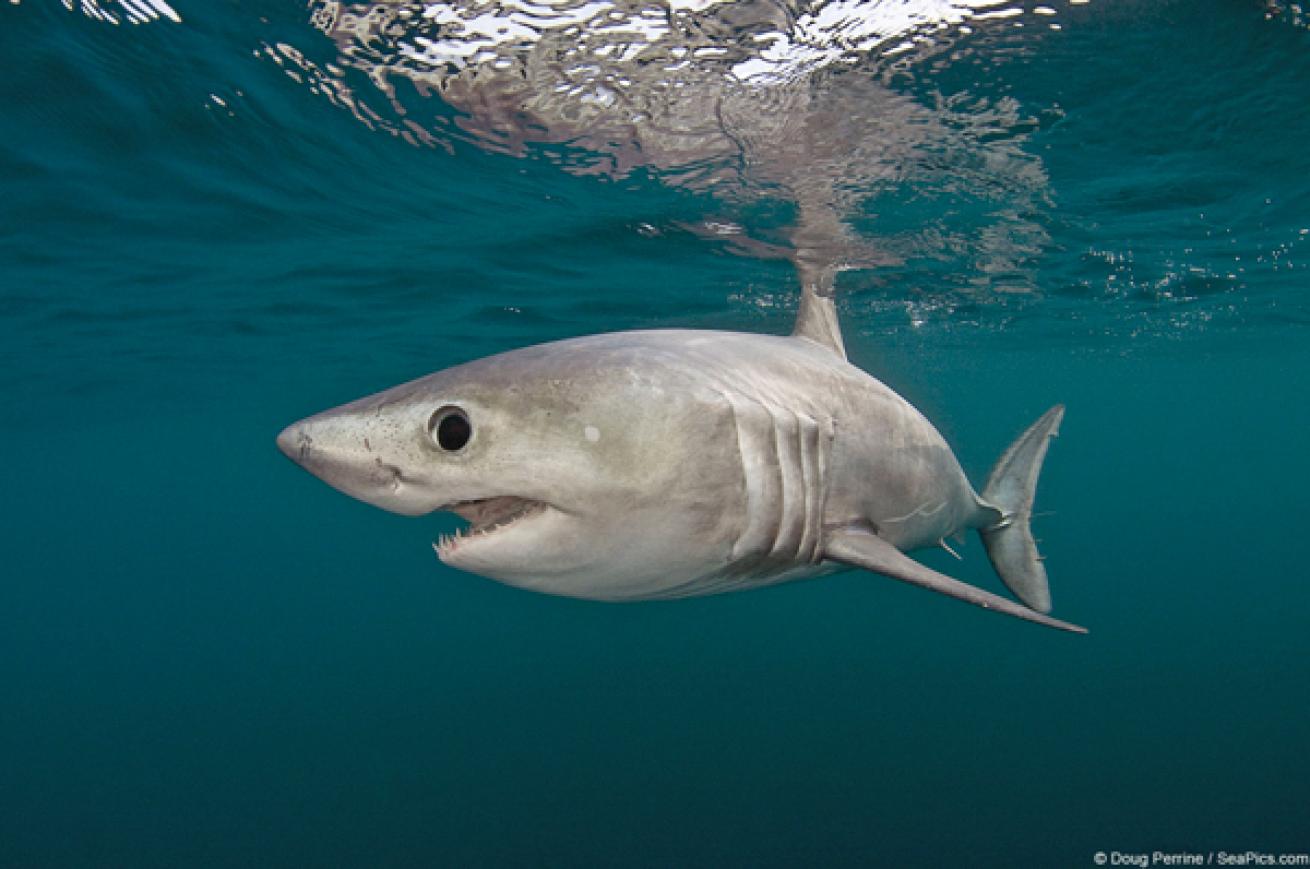
Doug PerrinePorbeagle Shark
A study partly funded by Pew found that approximately 100 million sharks are killed each year, an unsustainable number for a predator that requires a long time to reach sexual maturity and only has small litters. It is therefore unlikely that permits will be issued for these species until their population numbers return to sustainable levels. Hammerheads and oceanic white tips had been especially in danger because their fins are so valuable, and their populations have declined more than 90 percent since the 1950s.
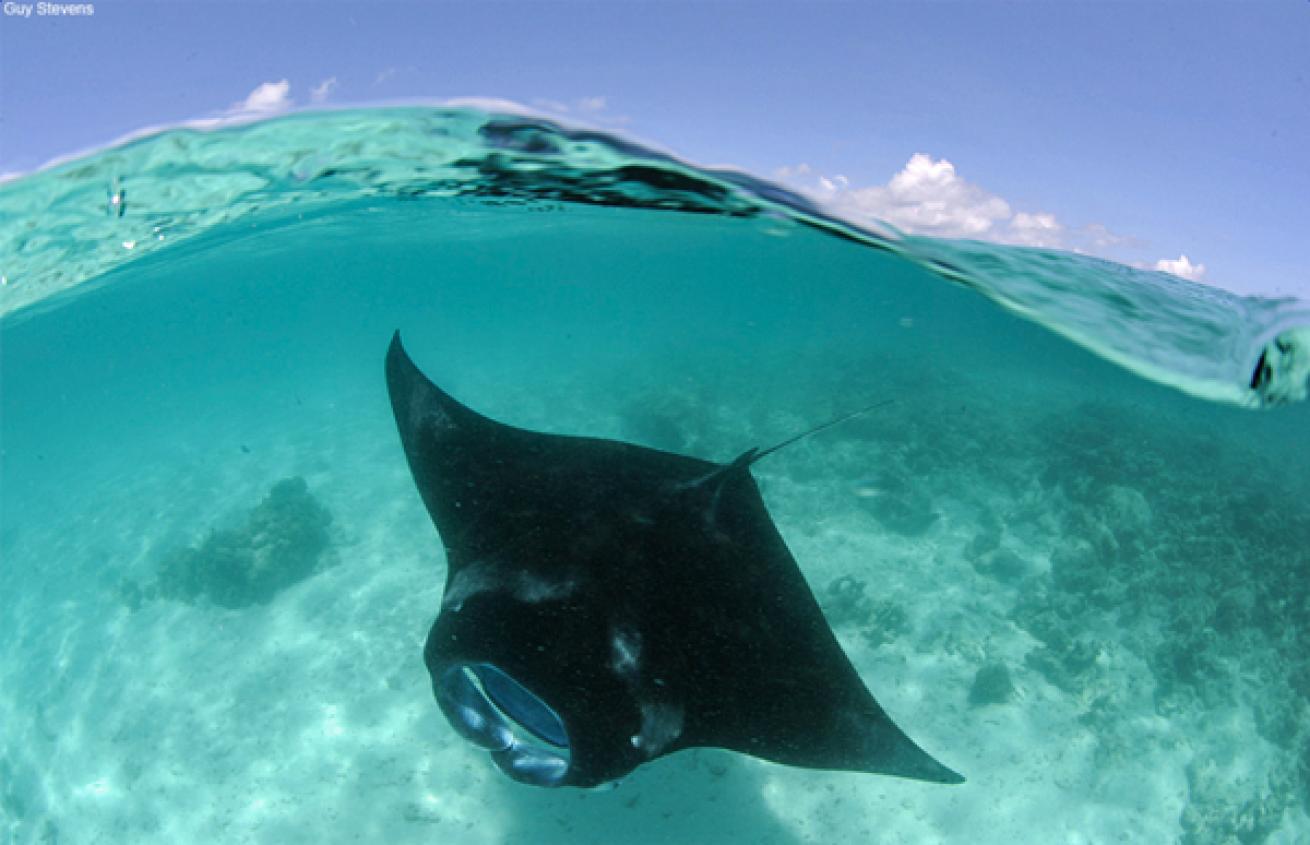
Guy StevensManta Ray
The proposals required a two-thirds majority of the 177 nations at CITES to pass. Despite significant opposition by Japan and China (the biggest world importer of shark fins), each proposal succeeded, moving these species to an “Appendix II” listing. The only three sharks currently receiving worldwide protection through CITES are the basking shark, the whale shark and the great white shark.
The oceanic white tip shark faced the most opposition and passed with only 68.6 percent of the vote. Hammerheads and porbeagle sharks, which are fished for their meat, received 70 of the vote, and manta rays received 81 percent.
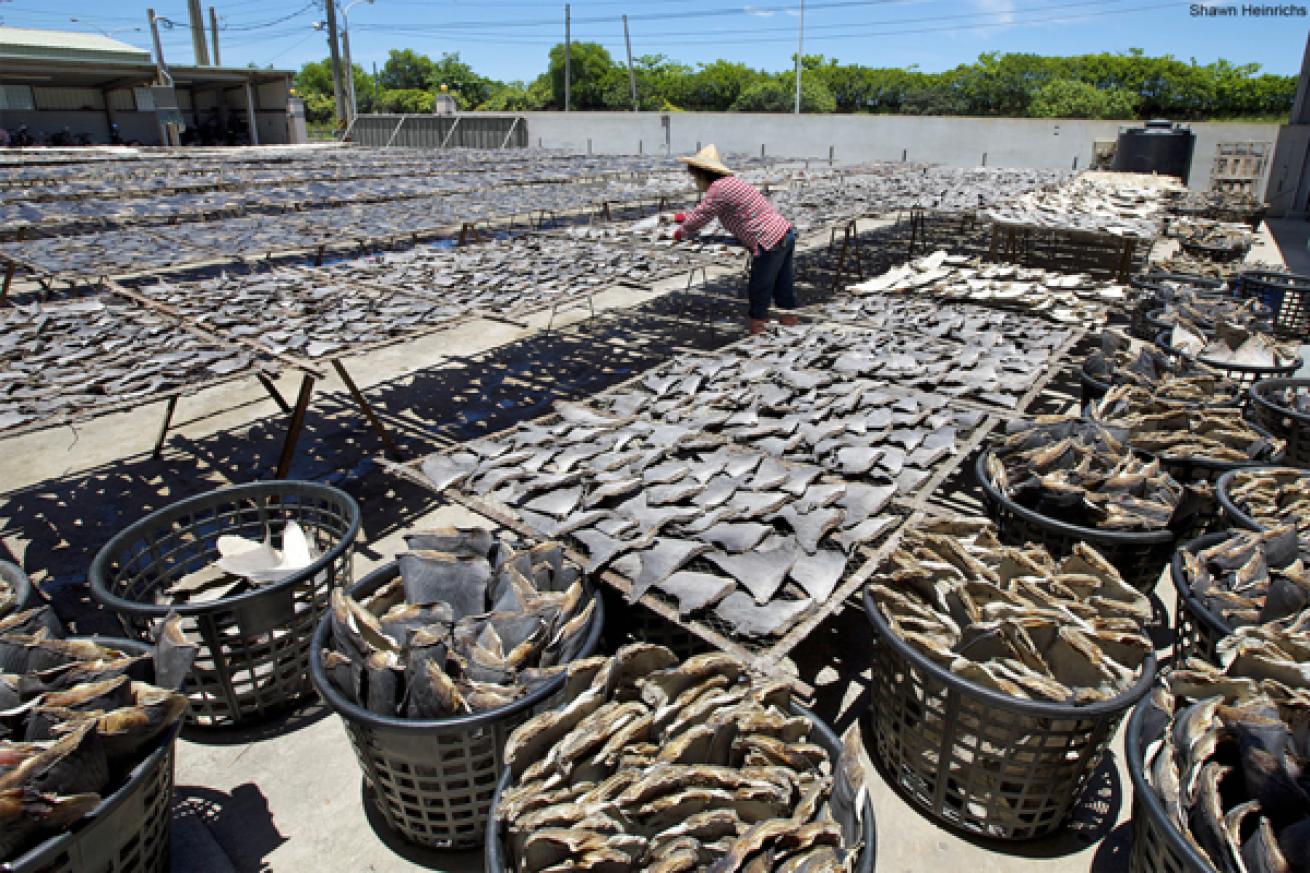
Shawn HeinrichsMany of these fins come from pelagic shark species. According to the IUCN, over 50 percent of pelagic sharks are Threatened or Near Threatened with extinction.
“The CITES listings for sharks is a much overdue global and formal recognition of what the conservation community has known for so long, namely that shark species cannot withstand the tremendous fishing pressure that has been directed towards them for the shark fin trade,” said Rick MacPherson the conservation programs director at the Coral Reef Alliance. “I think these decisive wins for shark conservation will now serve as catalyst for other protections such as the creation of more shark sanctuaries.”
The economy in the Bahamas has seen over $800 million come in because of shark tourism over the past two decades, according to Pew. The Bahamas are also one of a handful of countries that have set up a shark sanctuary that bans all shark fishing for about 240,000 square miles. Other countries with shark sanctuaries include Palau, the Honduras, the Marshall Islands, Tokelau, the Maldives, the Cook Islands and French Polynesia.










